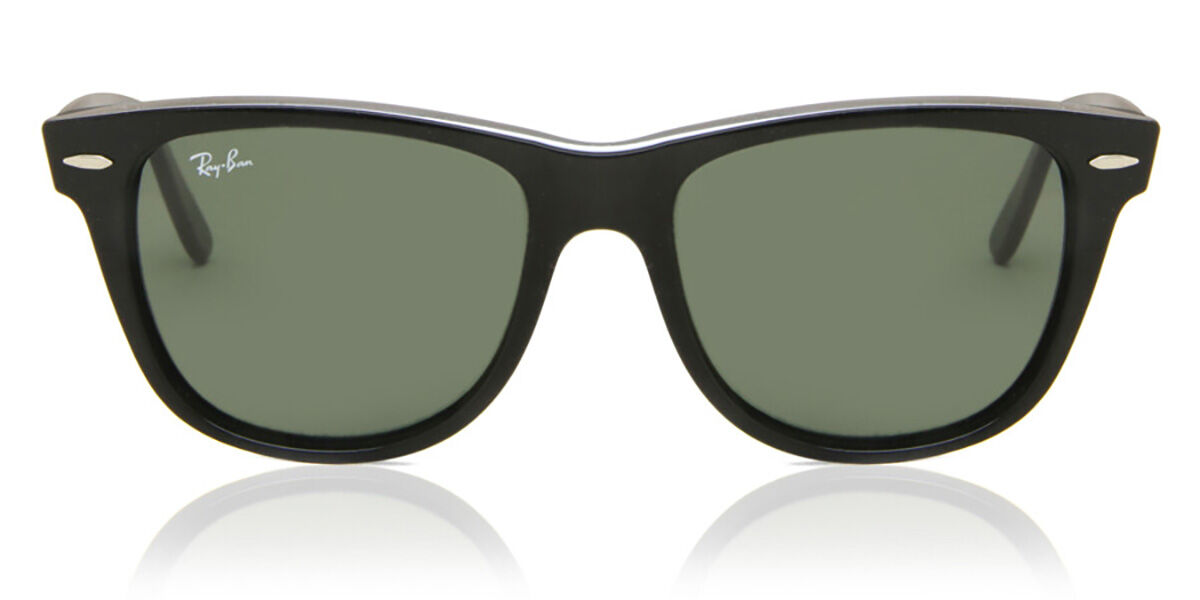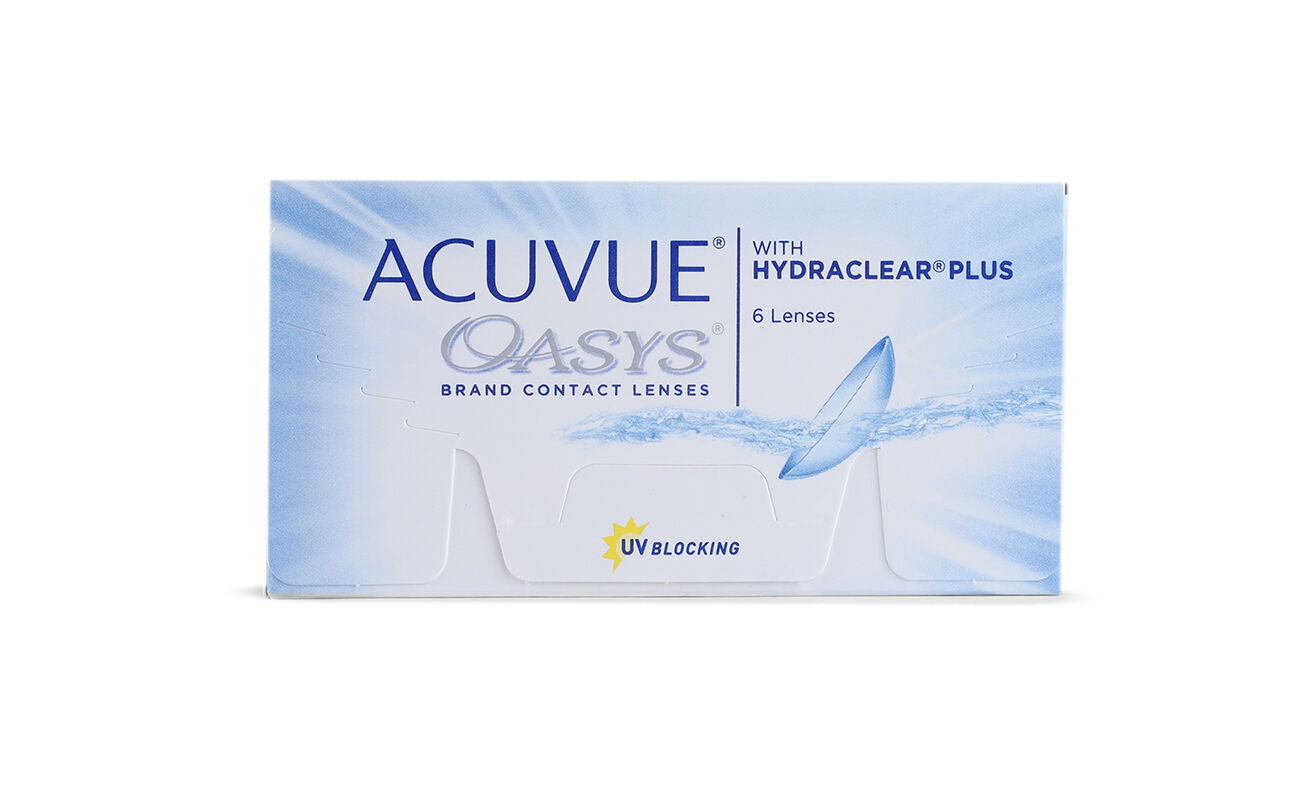Polarised lenses Sunglass lenses that filter out horizontal light waves, reducing glare from reflective surfaces like water, snow and roads. Polarised lenses improve visual comfort, reduce eye strain and enhance contrast, making them ideal for outdoor activities such as driving, fishing and skiing.
Category Archives: Optical Centre
Photochromic lenses
Photochromic lenses Lenses that automatically darken when exposed to sunlight and return to clear when indoors. This technology provides convenience by eliminating the need to switch between prescription glasses and sunglasses. Photochromic lenses are available in a variety of lens materials and can also offer UV protection.
Phoropter
Phoropter An instrument used by eye care professionals during an eye exam to measure refractive error and determine the best prescription for glasses or contact lenses. The phoropter contains multiple lenses that can be adjusted to fine-tune your vision, helping to achieve the clearest and most comfortable correction possible.
Optometrist
Optometrist A healthcare professional who provides primary vision care, including conducting eye exams and working out the refractive power of the eye, diagnosing vision problems, prescribing glasses and contact lenses and managing certain eye conditions. Optometrists typically have a Doctor of Optometry (OD) degree and are trained to detect signs of more serious eye diseases.
Ophthalmologist
Ophthalmologist A medical doctor specialising in eye care, capable of diagnosing and treating eye diseases, performing eye surgeries and prescribing glasses and contact lenses. Ophthalmologists undergo extensive training, including medical school, residency and often further specialisation in specific areas of eye care.
Ocular hypertension
Ocular hypertension A condition characterised by higher-than-normal pressure inside the eye, which can increase the risk of developing glaucoma. Unlike glaucoma, ocular hypertension does not cause damage to the optic nerve or vision loss by itself but requires monitoring and management to prevent potential complications.
Nose pads
Nose pads Small, soft pads attached to the glasses frame where they rest on the sides of the nose. Nose pads provide comfort and help keep the glasses in place, preventing them from slipping down the nose. They are usually adjustable and can be made from materials like silicone or rubber for added comfort.
Nose bridge
Nose bridge The part of the glasses frame that sits on your nose, connecting the two lenses. A well-fitting nose bridge distributes the weight of the glasses evenly, ensuring comfort and stability. Different styles of nose bridges are available to accommodate various nose shapes and sizes.
Night vision glasses
Night vision glasses Glasses designed to improve visibility in low-light conditions, such as during nighttime driving. These glasses often feature anti-reflective coatings and yellow-tinted lenses to reduce glare from headlights and streetlights, enhancing contrast and making it easier to see in the dark.
Myopia
Myopia Also known as nearsightedness, a vision condition where close objects are seen clearly, but distant objects appear blurred. Myopia occurs when light focuses in front of the retina instead of directly on it, usually because the eyeball is too long. Glasses or contact lenses with negative diopter values (minus lenses) are used to correct …








































